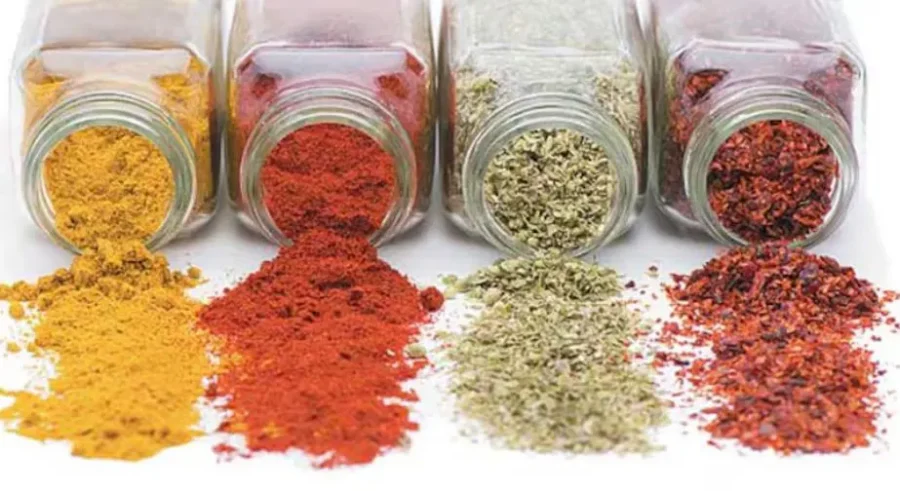The deliberate addition or contamination of food products with non-food substances can pose severe health risks, ranging from mild discomfort to life-threatening conditions.
Food adulteration is a pervasive issue with serious health implications. The risks associated with adulterated food had far-reaching consequences from acute illnesses to chronic health conditions. The authority concerned need to ensure round-the-clock vigilance in food markets and take stern action against the violators for playing havoc with the public lives. The experts said that food adulteration was an act of adding or mixing low-quality, non-nutritive, or harmful substances to food products for economic gains. This practice often compromises on the quality, safety, and nutritional value of the food, potentially leading to serious health risks. Explaining food adulteration, Deputy Director Food Department Punjab Zahir Qaiser said that the first kind of food adulteration involves the deliberate addition of substances to increase product weight or volume.
He said for example, adding water to milk, starch to spices, or chalk powder to flour is an intentional adulteration. While sometimes due to negligence or lack of proper hygienic practices during the production, storage, and handling of food, the quality is compromised which is also called incidental adulteration, he added. The Deputy Director said that contaminants such as pesticides, heavy metals, and environmental pollutants can inadvertently enter the food supply. He said that another kind of adulteration is metallic contamination caused either during processing or packaging. The type of chemical adulteration is caused due to unauthorized or harmful chemicals for enhancing the appearance or shelf-life of food. Dr Furqan Malik, a medicine specialist of the Mayo Hospital, sharing details about the impacts of the food adulteration on health said that consuming adulterated food can lead to immediate health issues such as food poisoning, gastrointestinal disorders, and allergic reactions. He said that contaminants like pesticides, heavy metals, and microbial pathogens can cause symptoms ranging from nausea, vomiting, and diarrhea to severe abdominal pain and fever. Zahir said that contamination of food with pathogenic microorganisms like bacteria, viruses, and fungi due to improper handling or storage conditions is called microbial adulteration. He said the primary driver of food adulteration is economic gains. Producers may adulterate food to reduce production costs and increase profits. For instance, diluting milk with water or mixing low-quality grains with premium ones can significantly cut costs. He said the second cause of food adulteration is inadequate regulatory frameworks and enforcement mechanisms.
Countries with weak food safety regulations often see higher instances of adulteration due to minimal accountability. Dr Furqan said that addressing food adulteration requires a multifaceted approach involving regulatory measures, public awareness, and technological advancements.
He urged the government to implement stringent food safety regulations. This includes setting clear standards for food quality, conducting regular inspections.










